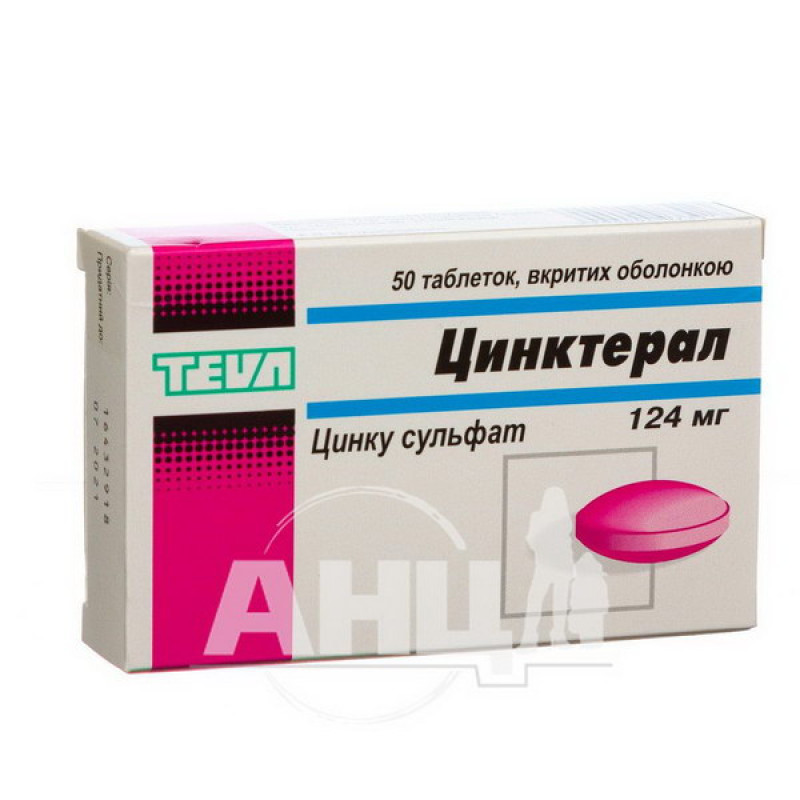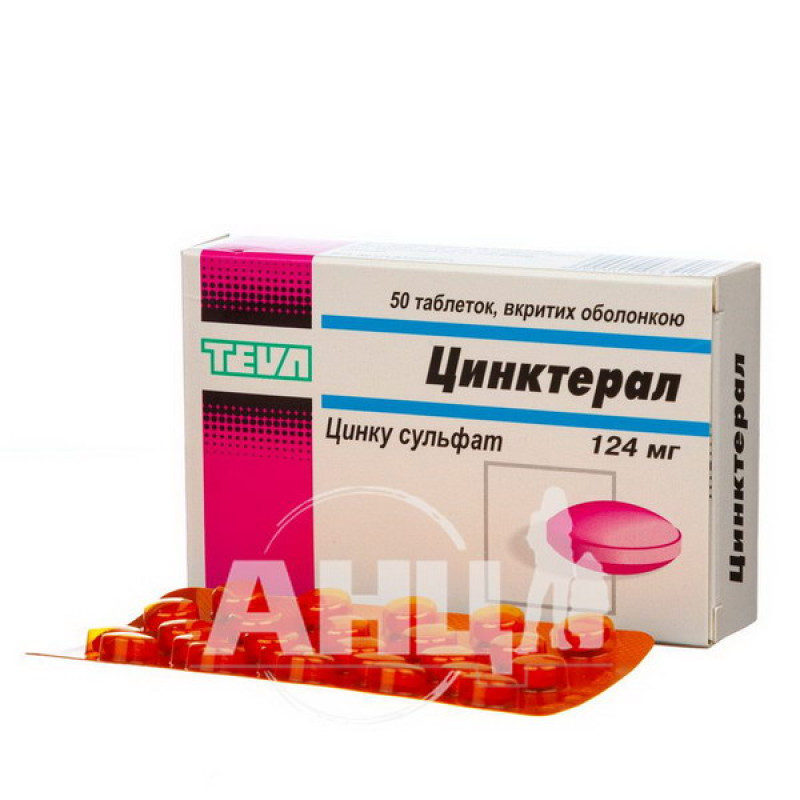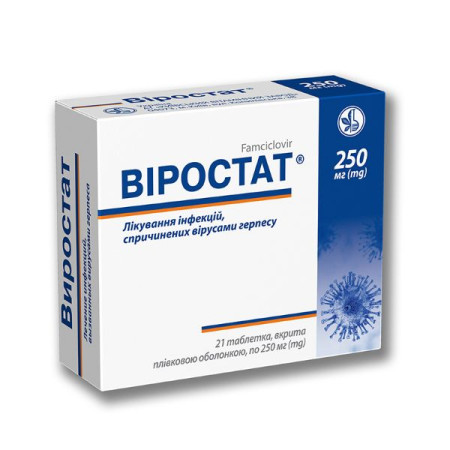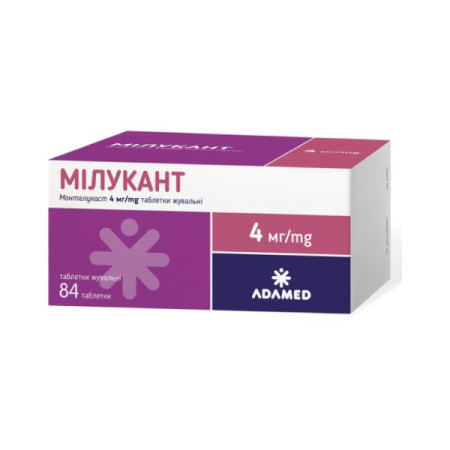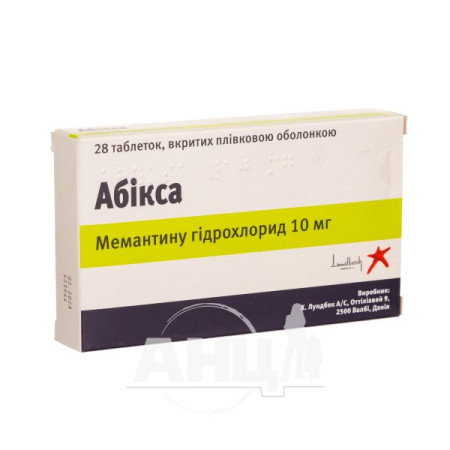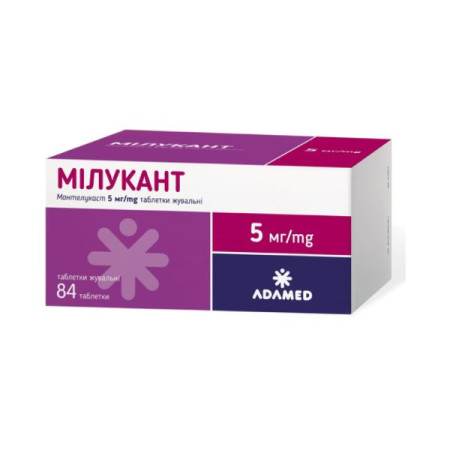Tsinkeral film-coated tablets 124 mg No. 50
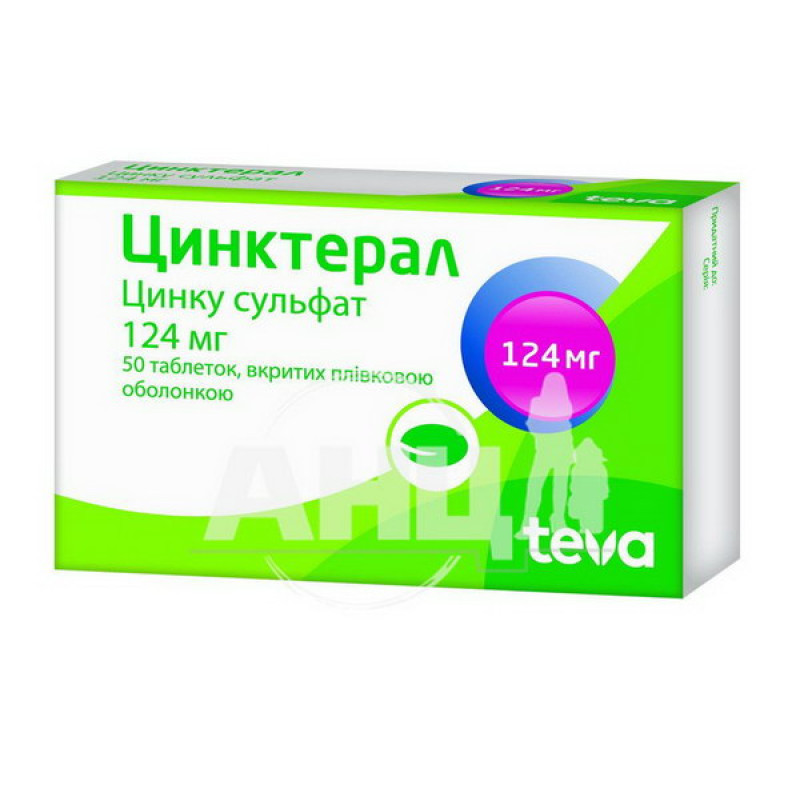
Instructions for use of Tsinkeral film-coated tablets 124 mg No. 50
Composition
active ingredient: zinc sulfate;
1 tablet contains 124 mg of zinc sulfate monohydrate, which is equivalent to 45 mg of zinc ion;
Excipients: lactose monohydrate, potato starch, povidone, talc, magnesium stearate, hypromellose, titanium dioxide (E 171), polyethylene glycol, azorubine lacquer (E 122).
Dosage form
Film-coated tablets.
Main physicochemical properties: round biconvex tablets of violet-pink color with a smooth surface, without spots or damage.
Pharmacotherapeutic group
Mineral supplements. Zinc preparations. ATX code A12C B01.
Pharmacological properties
Pharmacodynamics
Zinc is one of the most important trace elements, which is part of many enzyme systems that regulate the main metabolic processes, namely: it participates in protein synthesis and carbohydrate metabolism. Zinc is necessary for the functioning of more than 200 metalloenzymes (for example, carbonic anhydrase, carboxypeptidase A, alcohol dehydrogenase, alkaline phosphatase, RNA polymerase, etc.), as well as for maintaining the correct structure of nucleic acids, proteins and cell membranes. Zinc contributes to the growth and development of cells, the proper functioning of the immune system and ensuring an immunological response, twilight vision, taste and smell perception. It affects the maintenance of normal levels of vitamin A in the blood, prolongs the action of insulin and facilitates its accumulation. In inflammatory skin conditions, it has a preventive and therapeutic effect.
Zinc deficiency causes difficulties in concentration and memory, poor appetite and distorted taste, decreased cellular and humoral immunity, poor wound healing, night blindness, carbohydrate imbalance, hypercholesterolemia, hypertension, mental and brain disorders, prostate hypertrophy, pregnancy disorders, growth suppression and hypogonadism in children and, to a large extent, dermatological disorders (senile alopecia, alopecia areata, acne). In high doses, zinc inhibits the absorption of copper. Zinc deficiency also increases the absorption of toxic cadmium.
Pharmacokinetics
Regardless of the zinc content in food, about 20-30% of the ingested zinc is absorbed in the duodenum and small intestine. The maximum concentration of zinc in the blood plasma is observed 2 hours after taking the drug. In the body, zinc accumulates mainly in leukocytes and erythrocytes, as well as in muscles, bones, skin, kidneys, liver, pancreas and prostate glands, and retina. 60% of zinc binds to albumins, 30-40% to alpha-2 macroglobulin, 1% to amino acids, mainly to histidine and cysteine. Zinc is excreted from the body mainly with feces (90%), to a lesser extent with urine and sweat.
Indication
Treatment of zinc deficiency caused by malnutrition, impaired absorption or assimilation of the trace element, increased loss of the trace element by the body, observed in the following conditions: alcoholism, burns, cirrhosis of the liver, diabetes mellitus, anorexia, bulimia, conditions after gastrectomy, genetic disorders (Down syndrome, acrodermatitis enteropathica, sickle cell anemia, thalassemia), hemodialysis, chronic infections caused by reduced reactivity of the immune system, parasitic invasions of the intestine, pancreatic insufficiency, cystic fibrosis of the pancreas, kidney diseases (nephrotic syndrome, renal failure), intestinal diseases (celiac disease, Crohn's disease, steatorrhea, ulcerative colitis), short bowel syndrome, skin diseases (exfoliative dermatitis, psoriasis), prolonged stress, injuries, diets.
Contraindication
Hypersensitivity to any component of the drug.
Interaction with other medicinal products and other types of interactions
Tetracyclines. Tsinkeral reduces the absorption of tetracyclines. Therefore, the drug should be used no earlier than 2 hours after taking tetracyclines.
Copper preparations. High doses of zinc may inhibit copper absorption (zinc salts should be used no earlier than 2 hours after taking these preparations).
Thiazide diuretics increase the urinary excretion of zinc.
A diet rich in fiber (e.g. bran), phosphorus (e.g. dairy products), whole grain breads and phytates reduces zinc absorption due to the formation of compounds that are not absorbed. Therefore, the interval between the consumption of the above-mentioned foods and the intake of zinc supplements should be at least 2 hours.
Folic acid may slightly impair zinc absorption.
Large doses of iron when taken orally significantly reduce the absorption of zinc (the drug should be used no earlier than 2 hours after taking these drugs).
Penicillamine and other chelating agents reduce zinc absorption (the drug should be used no earlier than 2 hours after taking these drugs).
Quinolones: Zinc reduces the absorption of quinolone/fluoroquinolone drugs (e.g. norfloxacin, ciprofloxacin, ofloxacin). For this reason, an interval of at least two hours should be observed between the use of zinc salts and quinolones.
Application features
During long-term use of drugs containing zinc, the risk of copper deficiency should be considered, so levels of these trace elements should be monitored.
A diet rich in fiber (e.g. bran), phosphates (e.g. dairy products), whole grain breads and phytates reduces zinc absorption due to the formation of complexes. The interval between the consumption of the above-mentioned foods and the intake of zinc preparations should be at least 2 hours.
The drug contains lactose, so it should not be used in patients with hereditary galactose intolerance, Lapp lactase deficiency or glucose-galactose malabsorption.
Ability to influence reaction speed when driving vehicles or other mechanisms
Zinc salts do not affect the speed of psychomotor reactions.
Use during pregnancy or breastfeeding
Pregnancy. Zinc crosses the placental barrier. Controlled studies during pregnancy and controlled animal studies have not been conducted. During pregnancy, the drug should be used only if, in the opinion of the physician, the benefit to the mother outweighs the potential risk to the fetus.
Breastfeeding. Zinc is excreted in breast milk. Controlled studies during breastfeeding have not been conducted. It is not recommended to use the drug during breastfeeding.
Effect on fertility. There are no data on the extent to which the use of the product Cinquetal affects fertility.
Method of administration and doses
The drug is administered orally to adults and children over 4 years of age.
The tablet should not be broken or chewed. It is usually taken 1 hour before or 2 hours after a meal, as many foods interfere with the absorption of zinc. If symptoms of gastrointestinal irritation occur, the drug can be taken immediately before or during a meal, but in this case the bioavailability of the drug may be lower.
Adults should be prescribed 1-2 tablets per day.
Children over 4 years old – 1 tablet per day.
The duration of the treatment course is determined by the doctor individually, depending on the degree of clinically proven zinc deficiency and the achieved therapeutic effect.
Children
The drug is prescribed to children aged 4 years and older.
Overdose
Overdose may cause burning pain in the mouth and throat, watery or bloody diarrhea, tenesmus (painful urge to defecate), belching, hypotension (dizziness), jaundice (yellowing of the eyes and skin), pulmonary edema (chest pain, difficulty breathing), vomiting, hematuria, anuria, collapse, seizures, hemolysis, and increased fatigue.
In case of the above symptoms, milk or water should be drunk, and then calcium disodium salt of ethylenediaminetetramine-acetic acid should be administered intramuscularly or intravenously at a dose of 50-75 mg/kg body weight per day in 3-6 doses for 5 days. In case of overdose, vomiting should not be induced or gastric lavage should be performed.
Hyperglycemia and death have been reported following oral administration of 10 g of zinc sulfate.
Long-term use of zinc sulfate can cause copper deficiency.
Adverse reactions
During zinc sulfate therapy, adverse reactions may occur, the frequency of which is defined as: very common (≥1/10), common (≥1/100 to <1/10), uncommon (≥1/1000 to <1/100), rare (≥1/10000 to <1/1000), very rare (<1/10000), unknown (cannot be determined from available data).
Gastrointestinal tract
Not known: gastrointestinal disorders (nausea, vomiting, dyspepsia, heartburn, abdominal pain, diarrhea, gastritis), usually after taking large doses of zinc.
Blood and lymphatic system disorders
Not known: haematological disorders due to copper deficiency, including leukopenia (fever, chills, sore throat), neutropenia (mouth and throat ulcers), sideroblastic anaemia (fatigue, weakness).
From the nervous system
Not known: headache, metallic taste in the mouth.
On the part of the immune system
Not known: hypersensitivity reactions.
Preclinical safety data
Preclinical data obtained as a result of conventional pharmacological studies related to safety of use, toxicity after repeated administration, genotoxicity, potential carcinogenic effects and toxic effects on reproductive function did not reveal the existence of a special hazard for humans.
Expiration date
3 years.
Storage conditions
Store at a temperature not exceeding 25 °C out of the reach of children.
Packaging
25 tablets in a blister. 2 blisters in a box.
Vacation category
According to the recipe.
Producer
Teva Operations Poland LLC.
Location of the manufacturer and its business address
80 Mogilska Street, 31-546 Krakow, Poland.
There are no reviews for this product.
There are no reviews for this product, be the first to leave your review.
No questions about this product, be the first and ask your question.







